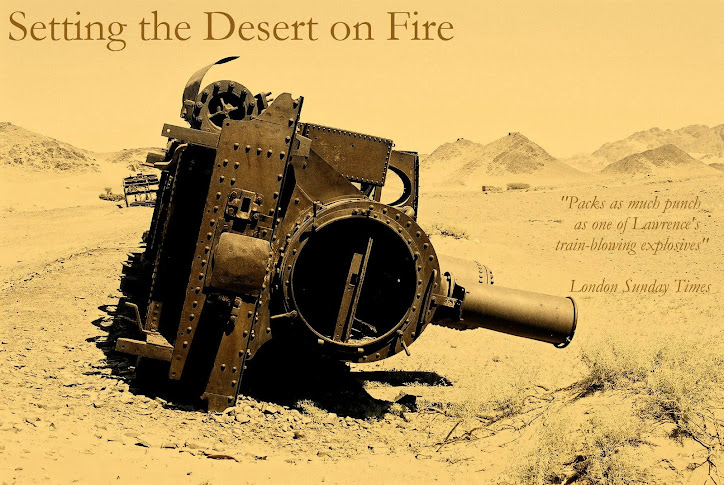
Friday, December 12, 2008
How Rome linked Britain and the Arab world
We spent a few hours deciphering Roman inscriptions when I studied Latin at school, but unfortunately not long enough for any of what I learnt to stick. Which is a pity for they yield a lot of information. When I spotted the elegantly-lettered tombstone of Cautronius, a standard-bearer of the Italian troop [I think], when I visited Lebanon last year, I thought it worthy of a photograph.*
An inscription I saw in a museum in St Albans a while ago points to some interesting linkages across the Roman world, and hints at a tragic love story. It is dedicated to Regina, and reads:
D[is] M[anibus] Regina Liberta
et Coniuge Barates Palmyrenus
Natione Catuallauna An[nomum] XXX
To the spirits of the departed and to Regina his freedwoman
and wife, a Catavellaunian by tribe, aged 30
Barates of Palmyra set this up.
Barates, a Syrian from the eastern edge of Rome's empire found himself posted to its North-West Frontier. For the gravestone of his wife was found at Arbeia Roman Fort near South Shields, on Hadrian's Wall, where Barates served. Regina's tribe, the Catavellauni came from the area around St Albans.
As the almost tangible warmth of a photograph I took several years ago in Palmyra shows, South Shields is a long way off.

*The inscription mentions something about a "falca" - which appears to mean a scythe or sickle. Any help with translation gratefully received...
Labels:
globalisation,
inscriptions,
Latin,
Photography,
Roman Empire,
tombstones
Subscribe to:
Post Comments (Atom)




1 comment:
James, I'd say it is a "falce",a sickle.
Post a Comment